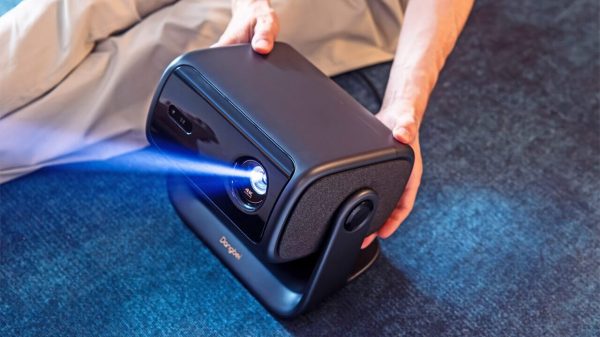With computers becoming so advanced and sophisticated it is easy to forget how vulnerable they remain. Many of us tend to neglect the fact that our computer is like anything else we own, if we don’t take care of it then it will only be a matter of time before we are left with a system that no longer performs in the manner it once had.
The key to keeping a computer running efficiently is by maintaining its health and while there are some who do a fairly good job at this task there are plenty more who fall well short in this area. Funny enough, it is usually the people who fall short who feel that they are providing their computer with the proper amount of protection.
This is typically because they have installed the latest virus protection or anti-spam software on their hard drive and they feel that this will keep their computer safe from any harm. What they don’t know is that they have ignored one of the most dangerous threats to their computer and if it remains overlooked it will ultimately end the life of their hard drive.
That danger is posed by the computer disease fragmentation. While it doesn’t receive the same type of publicity as an invading virus or inconvenient spam, it is lethal nonetheless and can not be stopped by software that promises protection against the other two.
It’s difficult for people to understand that their hard drive poses a threat to itself yet that is exactly how fragmentation manifests into the killer that it is. Fragmentation originates from the inside, unlike a virus or spam that is born from an outside source. As people continue to protect themselves from these outside threats their hard drive is being overrun by a methodical disease bent on crashing the system.
The only thing a computer owner needs to know about fragmentation is that if they have not installed software to protect their hard drive from it, they will eventually feel the effects. This is because fragmentation is a natural occurrence and can be traced to how a hard drive is designed.
A hard drive is made to store files in a contiguous manner, meaning that it will save files, one after the other, without ever leaving room for modifications or additions. Because of this, each time a saved fie is recalled and modified the hard drive is unable to fit all the new information in the same space that the original file was saved. It is now forced to cut the excess information and place it in the next available free space, thus creating a fragmented file. Over time these fragmented files choke a hard drive and cause such a massive slowdown that it leads to a crash.
What most people don’t realize is how many files are actually saved on their hard drive and how often they become fragmented. A hard drive creates thousands of temporary files each time we tune on our computer. As those files change they become fragmented and become spread all over our hard drive.
For anybody who has ever experienced a wait in booting up their system, delays in loading applications or pages, difficult accessing their email or sluggish Internet browsing chances are their hard drive is infested with fragmented files, and it only gets worse.
Just like any other disease, fragmentation will only get worse the longer its ignored. As we continue to use our computer we continue to add to the slowdown until one day it crashes.
But just like there is protection for viruses and software for spam blockers there is an easy solution for fragmentation. To effectively rid your hard drive of fragmented files and ensure they don’t return you must install defragmentation software. This simple act will clean your hard drive of fragmented files and restore your computer’s speed back to its optimal level.
Defrag software will piece together the fractured files and save each file as a single unit, making them easier to access; this is the key to returning to speed. The great thing about defragmentation software is that it not only fixes the problem but guards against fragmentation from re-occurring.
This one-time act of installing defragmentation software is perhaps the most important thing a computer owner can do to protect against a crash and unlike software for viruses and spam there are no monthly subscription fees or payments for updates. All it takes is picking up the software at your local computer retailer. Installation takes just a few moments and afterwards you can rest assured that you have added years to your computer’s life.























